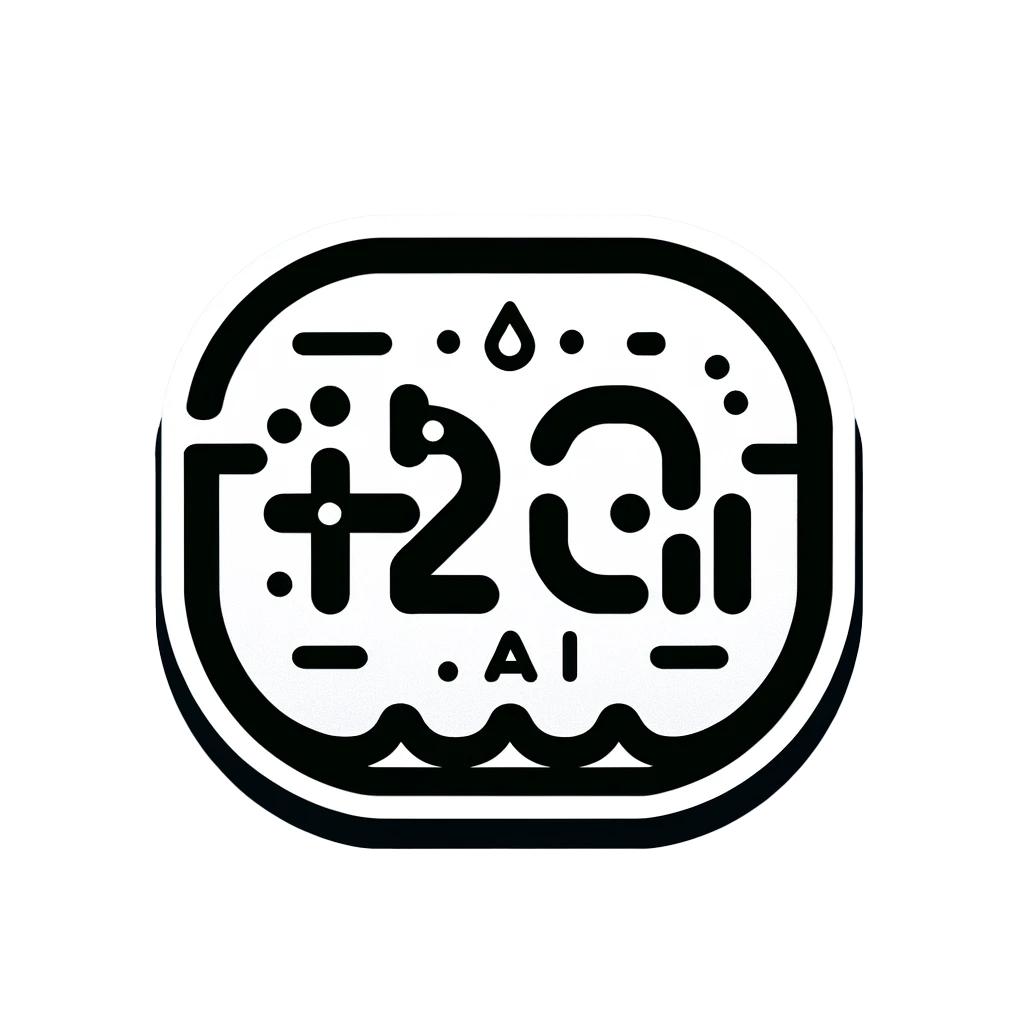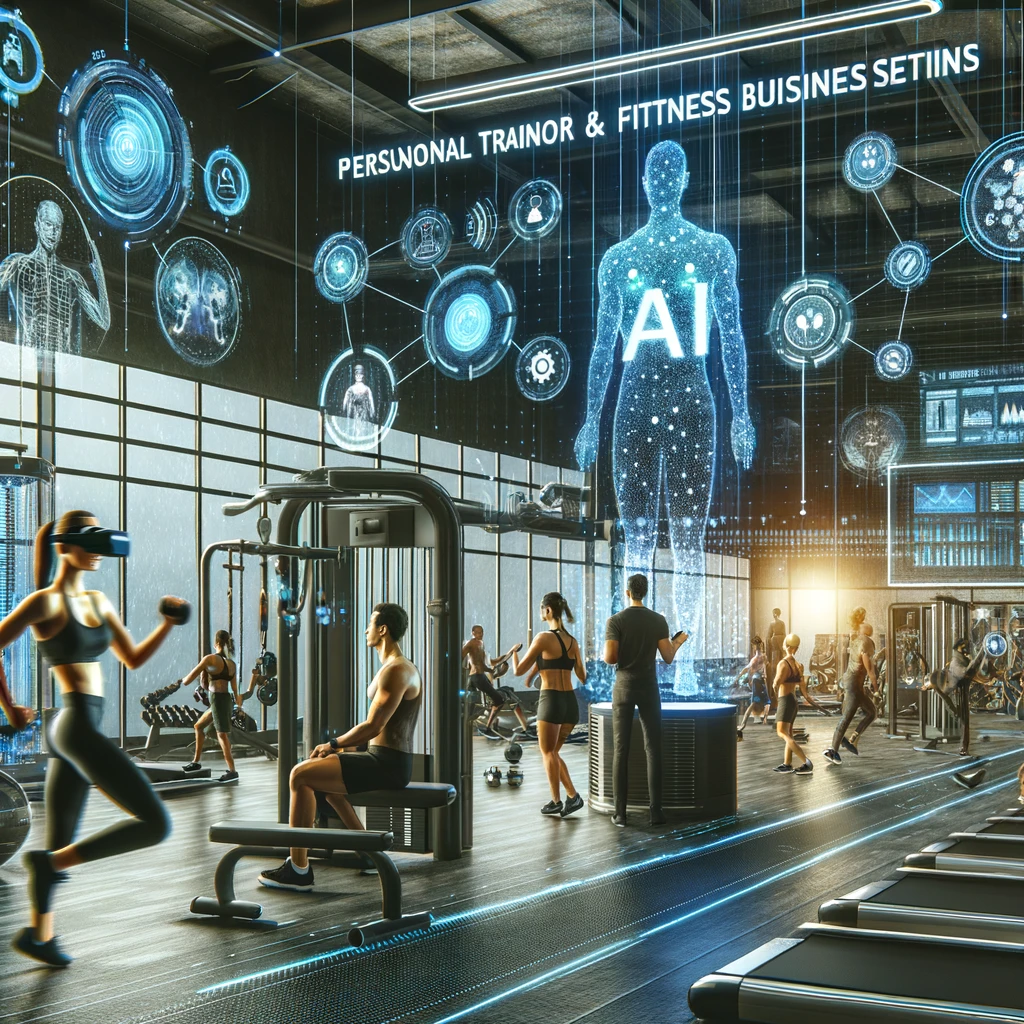In an era where efficiency and personalization are key to standing out in the fitness industry, implementing AI and ML automation can significantly enhance operational effectiveness and client satisfaction. This detailed blueprint outlines six actionable steps for fitness business owners, particularly those with personal trainers, to leverage AI technologies. These steps are designed to streamline operations, optimize client engagement, and ultimately boost profitability.
Step 1: Enhance Client Scheduling and Management
Tools & Implementation:
- Mindbody: This tool automates scheduling, managing appointments, and sending reminders, making it easier for clients to book and for trainers to manage their schedules.
- Trainerize: Helps maintain comprehensive client profiles that store data on fitness progress, nutrition, and personalized workout plans.
Benefits:
- Improved operational efficiency and client experience.
- Enhanced personalization through easily accessible client data.
Step 2: Personalized Workout and Nutrition Programs
Tools & Implementation:
- TrueCoach: Facilitates the creation of personalized workout routines that adjust based on client progress and feedback.
- Nutrino: Provides tailored nutrition plans that align with individual health goals and dietary preferences.
Benefits:
- Customized client care that improves outcomes and satisfaction.
- Streamlined planning process, saving time for trainers.
Step 3: Integrate Immersive Training Technologies
Tools & Implementation:
- Holodia: Offers VR environments for immersive cardio sessions.
- Mirror: Uses AR to provide real-time feedback on clients’ workout form and technique.
Benefits:
- Engaging and innovative workout experiences.
- Enhanced effectiveness of physical training through real-time corrective feedback.
Step 4: Automate Progress Tracking
Tools & Implementation:
- Google Fit and Fitbit: These integrations allow for seamless tracking of health metrics from wearable devices.
- Whoop Strap: Provides advanced data on workout intensity and recovery, informing better training decisions.
Benefits:
- Accurate and comprehensive monitoring of client fitness progress.
- Enables data-driven adjustments to maximize workout effectiveness.
Step 5: Optimize Customer Service with AI
Tools & Implementation:
- Intercom: Implements AI-driven chatbots to handle routine inquiries and booking assistance.
- Zendesk: Automates responses and analyzes customer feedback trends for continuous service improvement.
Benefits:
- Always-available customer service that enhances client retention.
- Reduced overhead costs associated with customer support staff.
Step 6: Streamline Marketing and Client Acquisition
Tools & Implementation:
- HubSpot: Utilizes AI to personalize marketing campaigns based on detailed client data and behavior.
- AdRoll: Optimizes advertising strategies, focusing on retargeting and conversion maximization.
Benefits:
- More effective marketing efforts that lead to higher client acquisition rates.
- Increased ROI on marketing spend through targeted campaigns and efficient ad placements.
Conclusion
Implementing these six steps allows fitness businesses to fully harness the capabilities of AI and ML, transforming their operations from client intake to ongoing engagement and marketing. While this guide offers a comprehensive starting point, working with a specialized AI solutions provider can further tailor these technologies to meet specific business needs, ensuring seamless integration and maximal operational benefits.





